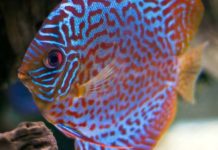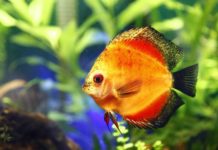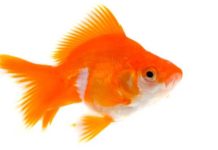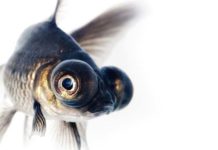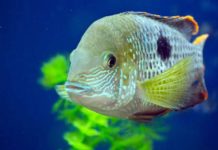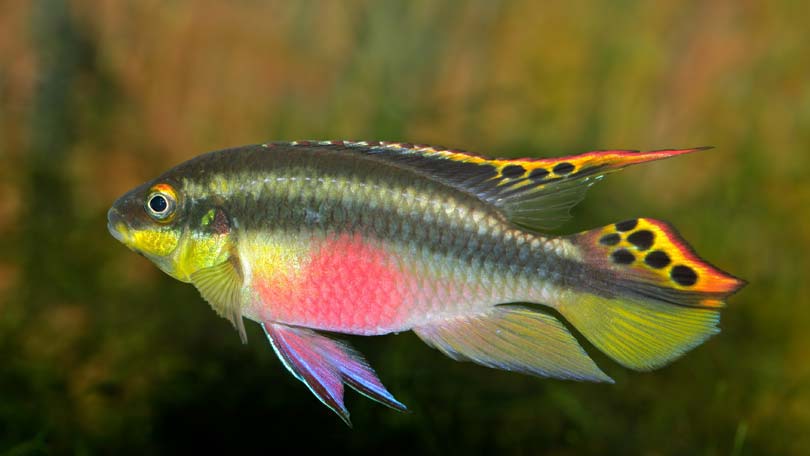
Introduction
You might have heard about a diversity of pets since ages, but Tadpoles were not so common., The scenario has changed, Tadpole is now on the high popularity list among the pet hobbyists. The quick development in their growth and transformation into frogs right in front of your eyes is fascinating to say the least, besides its simultaneous significance educationally.
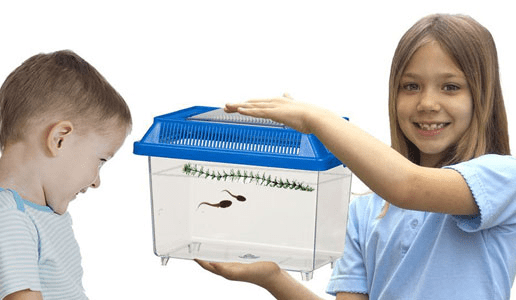 Hence raising them in a house with kids will impart a great knowledge about their life cycle and evolution.You can buy a live, grow a frog Tadpole kit in order to raise your own frogs as a fun project for your kids.
Hence raising them in a house with kids will impart a great knowledge about their life cycle and evolution.You can buy a live, grow a frog Tadpole kit in order to raise your own frogs as a fun project for your kids.
How to Raise Tadpoles at Home
Though it is not very difficult to grow a Tadpole, a little knowledge about the right requirements and arrangements will go a long way to make sure that you have healthy and thriving tadpoles to give you pleasure all the way.
Water
The essential part in growing healthy tadpoles is clean water. They prefer dechlorinated and clean water like distilled or bottled water. If you decide to use tap water, make sure you keep it inert in the container for more than 24 hours before use. Like fishes, these creatures also expect some minimum water parameters, such as the pH level of the water at around 7.0 for their survival, and a temperature of around 45 to 75 degree F. The Tadpoles grow well in a warm temperature; hence the frogs are seen mating during the spring or summer. Similarly, the frogs lay eggs in a habitat where, the water is slightly alkaline, and is filled with fallen leaf debris, rotting branches, and other dying parts of the trees, rich in tannins. Tannins are basically acidic that turns the water acidic too. The other levels like the ammonia and nitrite level should be kept in check, as they can even kill the Tadpoles. The other most important thing is a filter. As suggested, these creatures require clean water, so the water quality should be maintained. There are chances of water getting polluted by the food remains and other debris, which should be regularly cleaned. On a weekly basis, change the water, but only up to 25 percent, or it make affect the pH level and thereby disturb the Tadpoles. Around 5 to 8 Tadpoles are perfect in one gallon of water. Do not overcrowd the tank, as Tadpoles require more space as they grow.
Food
Like fishes, the Tadpoles also like to eat small insects, vegetables and frozen food. Most of the biological experts opine that small Tadpoles like to eat tiny worms, insects and sometimes even each other. You can provide boiled spinach and lettuce, as they are very fond of green veggies. Even the lettuce should be boiled for 10 to 20 minutes, and chopped into small pieces before you feed them. They can also be fed with normal fish food like flakes and blood worms in small quantities. Occasionally, providing a piece of meat or chicken bone is a feast for these creatures. They also love eating cooked egg yolk, which is rich in protein, but it will foul the tank water. Hence, the day you provide the egg yolk, make sure you change the water in the tank. Protein tablets are also available in any of the local pet shops, which you can add to the water. Usually they prefer frozen food, so you can freeze the spinach and lettuce before feeding. The quantity of food provided is also important. For the healthy growth of Tadpoles, regular feeding is a must, but only in small quantities. Over feeding can turn the water dirty, which can again affect their health. Less feeding is also a matter of concern, as they may cannibalize each other..
Housing
A large tank is absolutely fine for raising these fun filled Tadpoles, as they require a large space for each step of their growth. You can place 5 to 8 Tadpoles on a single gallon of water, or you can use a fifteen gallon tank for around 25 to 30 Tadpoles. Fill the bottom of the tank with gravel and place large rock pieces in the tank that they use for shelter. You can also decorate the tank with small grass and weeds by placing it directly along with the roots.
The Tadpoles are seen hanging on the weeds, and sometimes feed on the grass or weed roots. Other than that, placing underwater plants will also ensure proper supply of oxygen for their survival. When placed outdoors, the tank should be covered only 3/4th part, leaving the remaining space for the Tadpoles to receive sunlight. While placing indoors, you can provide fluorescent light strips on the wall behind the tank, on the fish tank top. Provide around 10 to 12 hours of light, and make sure the lights reach the tank. For the top cover, you can use fiberglass of fine mesh net to provide a tight and secured top, and thereby avoid the frogs from jumping outside. Filtered, treated and dechlorinated water must be added up to 3 inches in the tank. To avoid any uncertainties, the best option is to set up the fish tank around 6 weeks before placing the Tadpoles.
Growth
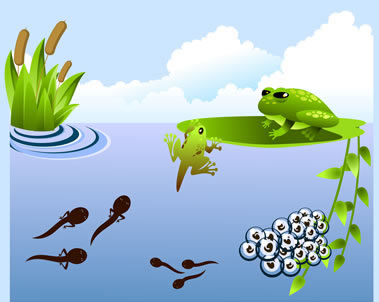 The growth of Tadpoles from eggs to adult frogs is very exciting, especially when we see them turn into big frogs in front of our eyes. The Tadpoles develop from eggs in about 6 to 12 weeks, depending on the climate and temperature. In winter, they tend to grow slowly. At the beginning of the metamorphosis process, the Tadpoles develop back legs at first, followed by the front legs. Along with that many other changes like the development of the lungs, changes in the digestive tract, usually caused due to the change in nature from being herbivorous to carnivorous, changes in the texture of the skin losing gills from its body are simultaneous. In the concluding part of this process, the tail of the Tadpoles shrinks in size and at that period, they consume very little or no food. During the transformation, the Tadpoles will try to emerge out of the water to the land, hence at the beginning, you can add some mud so that they can crawl with their legs. Later, when their gills are transformed completely into the lungs, they will have to climb out of the water or they may get drowned, so you can decrease the water level in the tank, or make a slope of gravel from the land to the water for them to climb. After they are fully developed, you can release the frogs to their native locations from where you acquired them.
The growth of Tadpoles from eggs to adult frogs is very exciting, especially when we see them turn into big frogs in front of our eyes. The Tadpoles develop from eggs in about 6 to 12 weeks, depending on the climate and temperature. In winter, they tend to grow slowly. At the beginning of the metamorphosis process, the Tadpoles develop back legs at first, followed by the front legs. Along with that many other changes like the development of the lungs, changes in the digestive tract, usually caused due to the change in nature from being herbivorous to carnivorous, changes in the texture of the skin losing gills from its body are simultaneous. In the concluding part of this process, the tail of the Tadpoles shrinks in size and at that period, they consume very little or no food. During the transformation, the Tadpoles will try to emerge out of the water to the land, hence at the beginning, you can add some mud so that they can crawl with their legs. Later, when their gills are transformed completely into the lungs, they will have to climb out of the water or they may get drowned, so you can decrease the water level in the tank, or make a slope of gravel from the land to the water for them to climb. After they are fully developed, you can release the frogs to their native locations from where you acquired them.
Tadpoles, one of the easiest pets to nurture, are very interactive compared to the Goldfish, a prime reason for their increasing popularity in the pet world. Now, many pet shops, online traders and other commercial outlets have live Tadpoles for sale, which are much easier to breed.

